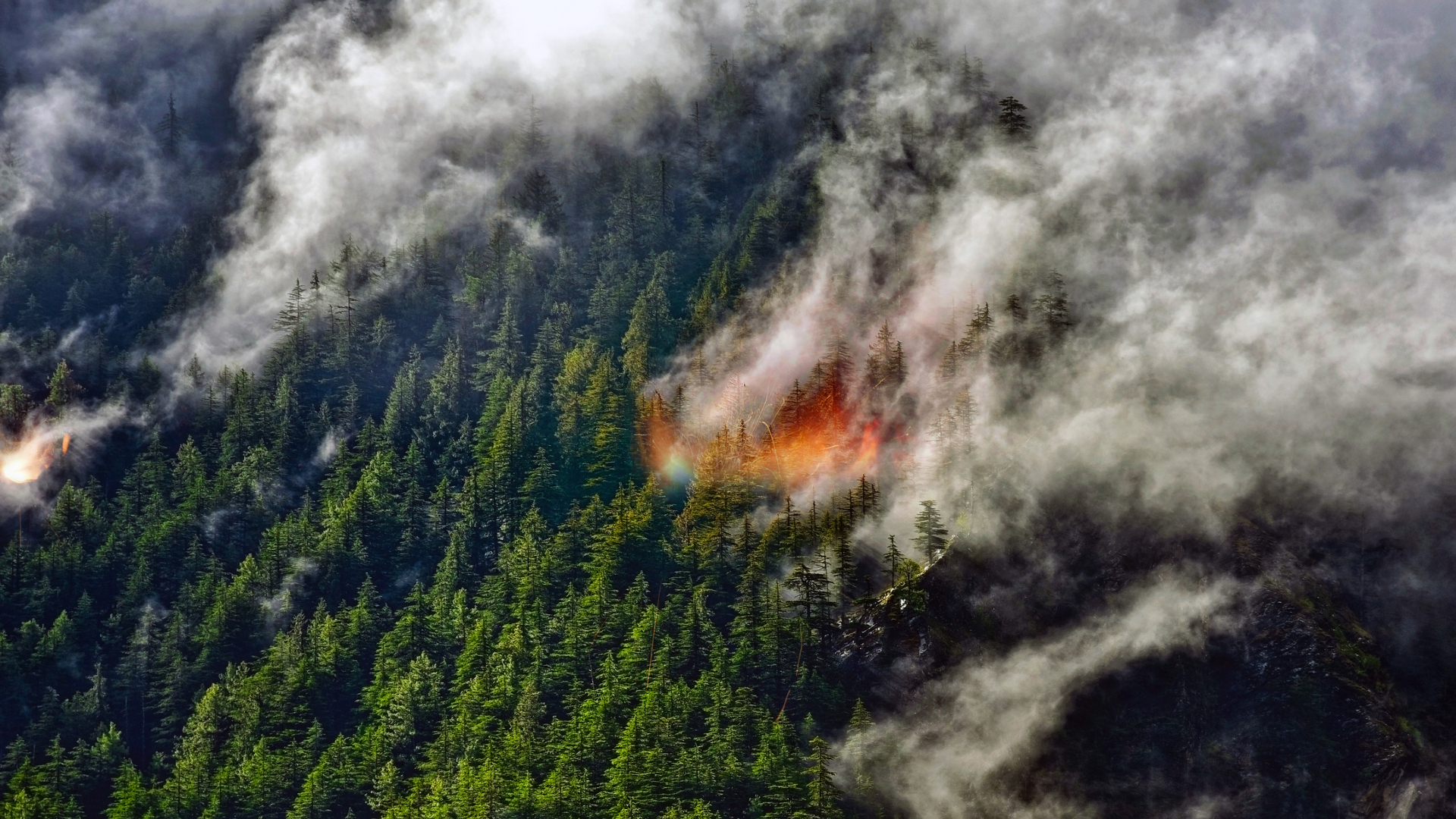The more massive a galaxy is, the faster its stars and gas will move. This relationship holds regardless of whether a galaxy looks like an ellipse, a cosmic pinwheel or some other odd shape, a new study finds.
This rule even applies to "train wrecks" left after galaxies collide and merge with one another, which is surprising, said study team member Susan Kassin, a postdoctoral researcher at the University of California, Santa Cruz (UCSC). "It indicates that there is a remarkable regularity to galaxies, irrespective of what they look like," Kassin said.
The new finding, to be detailed in an upcoming issue of Astrophysical Journal Letters, shows that the relation between a galaxy's mass and the orbital speed of its stars and gas is remarkably consistent over a wide range of galaxy shapes and over billions of years of galaxy evolution.
"We think this trend reflects a regularity in the process that led to the formation of galaxies," said study leader Sandra Faber, also of UCSC. "We are not sure where it comes from, but it is a major constituent on galaxy formation."
The researchers stumbled upon the new relationship between galaxy mass and orbital speed while analyzing 544 distant galaxies displaying a wide range of shapes and from different epochs in the universe's history. The team's analysis makes use of a new method of measuring the internal motions of galaxies proposed by Benjamin Weiner, a former USCS postdoctoral researcher now at the University of Arizona.
"By defining a new speed indicator, their analysis has managed to make sense out of very chaotic-looking objects," Faber said. "The galaxies almost magically fall into place."
It was previously known that the more massive a spiral galaxy is, the faster its stars and gas rotate. This relationship, first proposed for nearby spiral galaxies nearly 30 years ago, is called the Tully-Fisher relation. Another general rule of thumb, called the Faber-Jackson relation, says the same thing about elliptical galaxies.
Breaking space news, the latest updates on rocket launches, skywatching events and more!
The latest research goes a step further, and extends this relationship between mass and orbital speed to all galaxy shapes and to as far back as 8 billion years ago, when galaxies tended to be more disordered. Astronomers effectively see back in time by looking at faraway galaxies. A galaxy whose light took 8 billion years to reach us is 8 billion light-years away, and therefore seen as it existed 8 billion years ago.
The new relation "ties together the Faber-Jackson relation with the Tully-Fisher relation and works for all kinds of oddball galaxies that are more common in the early universe," Kassin said.
The galaxies were studied as part of the All-wavelength Extended Groth strip International Survey (AEGIS), a collaborative effort involving nearly 100 international scientists and 10 different instruments, including the Hubble Space Telescope and the Keck II telescope in Hawaii.
- Gallery: Amazing Galaxies
- Zoom in: Pinwheel-Shaped Galaxy
- New Clues to How Galaxies Evolve
- VOTE NOW: Most Amazing Galactic Images Ever
Ker Than is a science writer and children's book author who joined Space.com as a Staff Writer from 2005 to 2007. Ker covered astronomy and human spaceflight while at Space.com, including space shuttle launches, and has authored three science books for kids about earthquakes, stars and black holes. Ker's work has also appeared in National Geographic, Nature News, New Scientist and Sky & Telescope, among others. He earned a bachelor's degree in biology from UC Irvine and a master's degree in science journalism from New York University. Ker is currently the Director of Science Communications at Stanford University.
